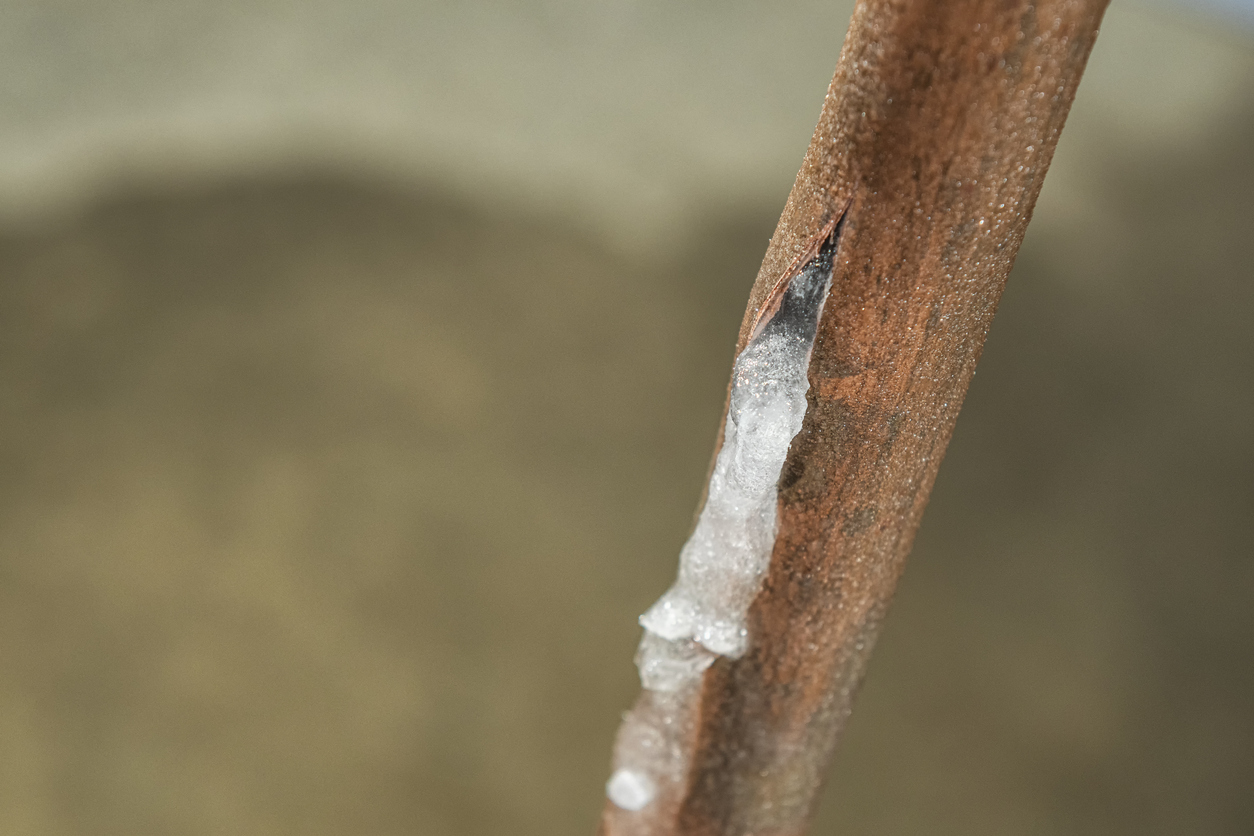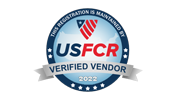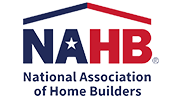Preventing frozen pipes isn’t just about reacting to cold weather. It’s about being proactive and making sure your home’s plumbing is protected well before freezing temperatures arrive. Frozen pipes can burst, leading to severe flooding and extensive water damage, which can be costly to repair. From simple fixes to preventive tools, the following can help you keep your pipes safe throughout the winter months.
1. Disconnect Garden Hoses
One of the easiest ways to prevent frozen pipes is by disconnecting all outdoor garden hoses before freezing temperatures set in. When hoses remain attached, water trapped inside can freeze, expand, and cause pressure to build up within the connected pipes.
This pressure often leads to bursts, which can send water flooding back into your home, damaging walls, floors, and foundations. Once the hose is disconnected, drain any excess water from it and store it inside for the winter. It’s also important to shut off any water supply to outdoor faucets and consider using faucet covers to protect them from freezing temperatures.
2. Seal Air Leaks
Cold drafts entering your home through air leaks can quickly freeze nearby pipes, especially those in basements, attics, or crawl spaces. To prevent this, it’s important to seal any gaps around windows, doors, and areas where plumbing lines enter or exit your home.
Start by checking common problem areas, such as gaps around windows, exterior doors, and where pipes pass through walls. Use caulk or weatherstripping to seal these gaps, preventing cold air from flowing in.
Sealing air leaks is a cost-effective way to safeguard your plumbing and improve the overall energy efficiency of your home during winter. Insulating these vulnerable areas will help maintain a more stable indoor temperature, which is the next item on our list.
3. Keep a Consistent Indoor Temperature
Maintaining a consistent indoor temperature is one of the most effective ways to prevent your pipes from freezing. Even if you’re planning to be away from home for an extended period, it’s essential to keep the thermostat set to at least 55°F to prevent pipes from freezing. Sudden drops in temperature, especially overnight when ambient temperatures are at their lowest, can cause pipes in unheated areas to freeze and burst.
Using a programmable or smart thermostat allows you to maintain a stable temperature throughout the day and night, automatically adjusting as needed. Additionally, if your home has areas that are more prone to cold, like basements, garages, or attics, consider adding portable heaters to these spaces to keep temperatures from dropping too low. By keeping your thermostat more consistent, you can significantly reduce the risk of frozen pipes and avoid costly repairs.
4. Open Cabinet Doors and Closets
During colder months, pipes located in kitchen and bathroom cabinets are especially vulnerable to freezing because they are often placed along exterior walls where temperatures drop the most. To help warm air circulate around these pipes, it’s important to keep cabinet doors and closet doors open, particularly when the weather is freezing.
This allows the warmer air from inside your home to reach the pipes, reducing the likelihood of freezing. If you’re leaving home for an extended period, it’s a good idea to leave these doors open while maintaining a consistent indoor temperature to ensure that these vulnerable pipes stay warm.
Also, be sure to clear out any items or clutter stored near these pipes, which can trap cold air and block heated airflow from the rest of the home.
5. Insulate Pipes in Cold Areas
Insulating pipes in unheated areas, such as basements, attics, garages, or along exterior walls, is an essential step in preventing them from freezing. Pipe insulation helps maintain a warmer temperature, ensuring that water inside the pipes doesn’t freeze during cold weather.
There are several types of pipe insulation available, including foam, rubber, and fiberglass, each designed to wrap around pipes and provide thermal protection. Focus on insulating pipes in areas exposed to the elements or near drafts, as these are the most vulnerable to freezing.
6. Use Pipe Heaters
Pipe heaters or heat cables provide an added layer of protection against freezing temperatures. These electric cables are designed to wrap around exposed pipes and generate heat to keep them warm during cold weather. They are especially useful for pipes in areas like basements, crawl spaces, and attics, where temperatures can drop significantly.
When using pipe heaters, it’s important to follow the manufacturer’s instructions carefully to guarantee proper installation and safe operation. Most systems come with thermostats that automatically turn on when temperatures drop below a certain threshold, making them both energy-efficient and effective.
While high-quality pipe heaters can be a substantial investment, they can also save you from the high costs of repairing burst pipes and dealing with water damage.
7. Let Faucets Drip
When you let water flow, even at a slow drip, it helps relieve the pressure that can build up in the plumbing system when water begins to freeze. The same pressure that causes the pipes to burst. Keeping a faucet slightly open allows that pressure to escape, preventing damage to the pipes. If you have both hot and cold water lines, make sure to let both drip slightly.
What to Do If a Pipe Does Burst
If a pipe does burst, the first step is to immediately shut off your home’s main water supply to prevent further flooding. For more detailed steps on how to handle a burst pipe, including how to mitigate water damage, check out this helpful post. It’s crucial to stay prepared—acting fast can save you time and money in repairs.
Partner with Advanced DRI for Water Damage Prevention on the East Coast
At Advanced DRI, we serve homeowners across New York, New Jersey, Delaware, Pennsylvania, and Connecticut with expert water damage prevention and restoration services. From inspecting your property for potential vulnerabilities to protecting against freezing pipes, our team is here to help. Contact us today to schedule a home inspection and safeguard your property from winter’s worst threats.











